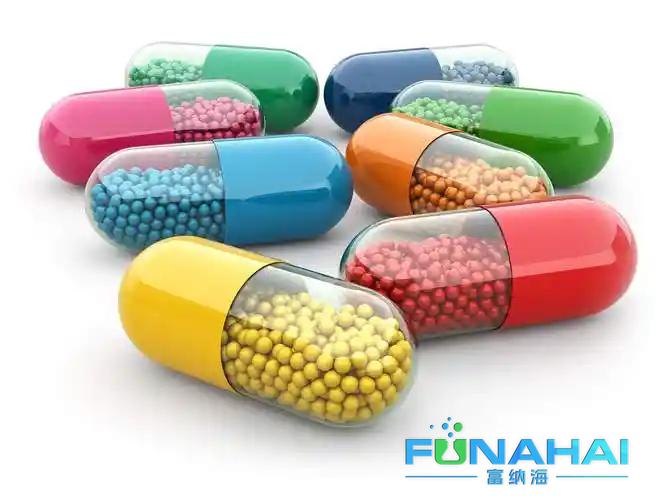
In the field of medicine,
HPMC (
Hydroxypropyl Methyl Cellulose) has many important applications:
Tablet preparation
adhesive
Mechanism of action:
HPMC has good viscosity. When it is added to drug powder, it can form a viscous film between particles, bonding the powder particles together and allowing them to aggregate into particles with certain strength and shape, which can then be compressed into tablets.
Advantages: Compared with some other adhesives,
HPMC has moderate viscosity and does not excessively affect the disintegration of tablets and drug release. And its viscosity is relatively stable under different humidity conditions, which helps ensure consistency and stability in the tablet production process.
disintegrants
Mechanism of action:
HPMC has a certain hydrophilicity. After the tablet comes into contact with water, it can quickly absorb water and expand, destroying the internal structure of the tablet and promoting its rapid disintegration into small particles, thereby accelerating the dissolution and release of the drug.
Advantages: Its disintegration performance is relatively mild and controllable, unlike some strong disintegrants that may cause sudden drug release, which is beneficial for maintaining the smooth release process of drugs in the body, improving drug efficacy, and reducing the risk of adverse reactions.
Sustained release and controlled release formulations
Skeleton material:
HPMC can be made into different types of slow-release or controlled-release skeletons by adjusting its viscosity, degree of substitution, and other parameters. The drug is encapsulated in these skeleton structures composed of
HPMC, and as the skeleton material slowly dissolves or swells, the drug is released at a constant rate, achieving the goal of prolonging the drug's action time and reducing the number of doses administered. This is very suitable for drugs that require long-term maintenance of stable blood drug concentrations, such as antihypertensive drugs, hypoglycemic drugs, etc., which can help improve patients' medication compliance.
Pharmaceuticals
Thickener and film-forming agent: In ophthalmic preparations such as eye drops and ointments,
HPMC can increase the viscosity of the solution, allowing the drug to stay on the surface of the eye for a longer period of time, prolonging the contact time between the drug and eye tissue, and improving the efficacy of the drug. At the same time, it can also form a protective film to reduce the irritation of drugs to the eyes and prevent excessive evaporation of water, keeping the eyes moist.
Capsule
Plasticizers and stabilizers:
HPMC can be used as a plasticizer in the preparation of soft capsules, increasing the flexibility and plasticity of the capsule shell, making it easier to shape, and maintaining good shape stability during storage. In addition,
HPMC can also serve as a stabilizer to prevent chemical reactions such as degradation and oxidation of drugs in capsule contents, ensuring drug quality.
